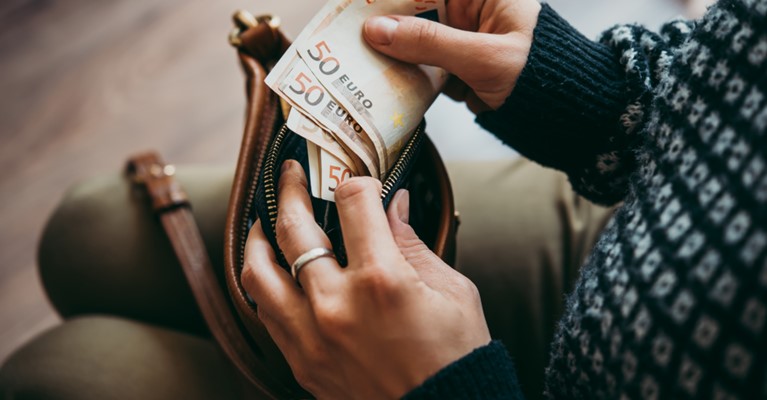
There’s a lot to think about when you’re planning a holiday, and one of the big things to remember which can sometimes get overlooked is currency exchange. If you’re heading to any one of the EU member states that use Euros, you’ll need to exchange your money for the Euro currency before your trip.
You’ll have a few considerations to make about where you want to exchange your money as well as what the best exchange rate is for the currencies you’re exchanging for Euros. To help you out with your decision making, take a look at our useful guide where we’ve answered some of the key questions that people often have about exchanging pounds for Euros.
What is the best exchange rate for Euros?
There is no standard best exchange rate for Euros as its value changes all the time depending on what’s going on in the wider world. This changing value will affect how much exchange providers will exchange your pounds to Euros for. You can keep an eye on how international exchange rates change to see when the rate is best for you to buy your holiday money, but keep in mind you’ll never be able to predict exactly what will happen, so don’t worry about small changes too much.
What is the Euro rate for Asda today?
You can find our rate for Euros and other currencies on our travel money page here.
Is it better to get Euros here or abroad?
If you’re looking to buy Euros from an exchange vendor, it might be better to do it at home rather than when you’re actually abroad. Having money already available as soon as you land can take a lot of the stress out of buying bus or train tickets from the airport. You also won’t have to worry about tracking down an exchange point or an ATM to be able to get where you need to go. In addition, exchange points at train stations and airports often offer poorer exchange rates for your money, and since it might be harder to compare providers when you're abroad, you won’t have any other choice if you need money straightaway. Take the time to purchase before you fly – you can do this with Asda online or in-store.
Can I order Euros online?
Yes, you can order Euros online. You can choose to buy your travel money online and have it delivered to your home, or you can order it online and pick up in your nearest Asda Travel Money bureau with our Click & Collect service. Be sure to order the Euros well in advance of your holiday so that they reach you in time for your departure.
Is it better to buy Euros online or in-store?
Generally, buying your Euros either online or in-store depends on your personal situation. If you’re short on time and have close access to a store that has a bureau, then buying in-store is definitely a good idea. Buying in-store means you get the money instantly, without having to wait for delivery.
However, if you’re uncomfortable with the idea of walking out of a shop with a bundle of cash in your bag, purse or wallet, or if you live in far away from a store that offers currency exchange, then buying online is the way to go. Just be aware that it may take a while for the Euros to reach you, so make sure you leave plenty of time before you make your trip to buy your money.
The Asda Rewards price for Asda Travel Money will be preferential compared to the standard rate advertised at your chosen place of purchase (being either online via https://money.asda.com/travel/travel-money/ (Website) or in-store at an Asda Travel Money bureau) on the date of purchase. Asda Rewards prices are only available on the sell rates of currencies in stock on the date of your purchase. When purchasing online, you must enter a valid Asda Rewards number found in the Asda Rewards App or Website to obtain the Asda Rewards price rate. When purchasing in-store, you must show the Asda Rewards barcode found in the app. Asda Rewards pricing available for Asda Travel Money purchases only offers you a more preferential exchange rate, you will not receive or be entitled to any Asda Rewards on your purchase. We reserve the right to withdraw this offer at any time and without prior notice.
Please note that Asda Travel Money Online Services Terms and Conditions are available at https://travelmoney.asda.com/asda/page/termsandconditions.
Asda Travel Money is provided by Travelex Agency Services Limited, registered number: 04621879. Registered Office: Worldwide House, Thorpewood, Peterborough, PE3 6SB